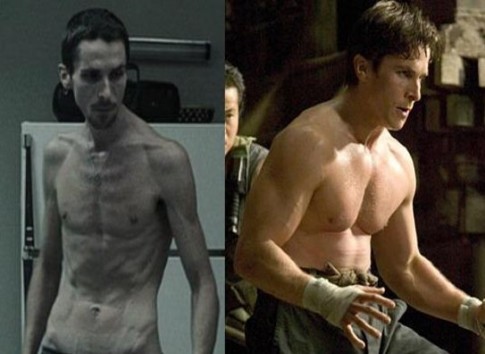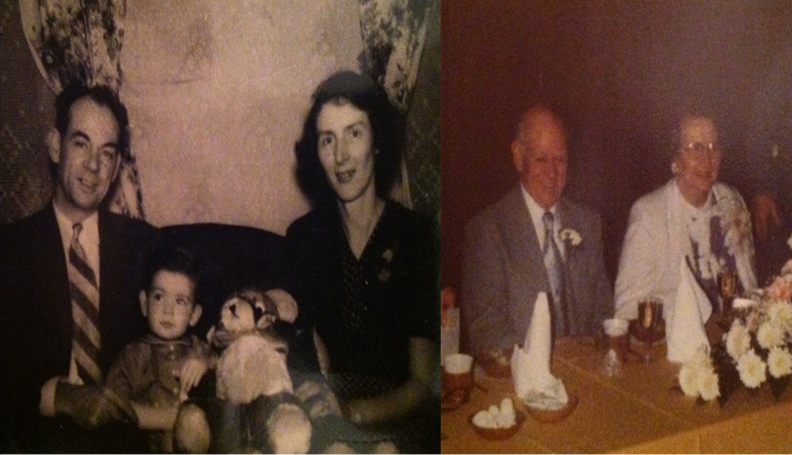As a kid, I went to Catholic school for several years. In addition to our lessons in traditional educational subjects of reading, science, math, history, and social studies, we also got regular lessons in Church teachings. Although I consider myself atheist or agnostic today, I distinctly remember that some of the religious lessons – particularly some of the parables of the New Testament – simply “felt” good.
In particular, I remember that the parable of the good Samaritan said something to me – try to help others in need, even if there is risk, and even if they are somehow different from you. Likewise, the story of the Pharisee and the tax collector (at least to me) emphasized the importance of being humble. The parable of the prodigal son contained themes of contrition, mercy, and reconciliation.
When we read those lessons – in class or in Church – they often came with a pleasant physical sensation. At the time, I interpreted that feeling as evidence that the parables were divinely inspired. After all, other stories didn’t give me the same emotional response (though at that age, I didn’t have many examples to compare). Of course, now I interpret things differently. The biological anthropologist in me would say that the pleasurable sensation is part of a human neurobiology that promotes pro-social behavior. This, in turn, reinforces the rewards that we gain from being connected to others.
Does that sound too cold? “Oh, you materialist!” I hope it doesn’t. Whether the sentiments are divinely inspired or a part of an evolved emotional response, the effect is the same – they help maintain our connections, which we absolutely need. No human being is an island. Instead, we are obligatorily social primates. And, regardless of whether we take a religious or secular perspective, we are still left with the angel and devil on either shoulder (whether we interpret that literally or figuratively). We all make our choices that are based on a combination of character, the information at our disposal, and our surrounding circumstances.
I have to admit that I still get that inspirational feeling whenever I read about extraordinary acts of compassion, forgiveness, or simply someone who’s made an effort to seek out another’s humanity. I’ve collected them for a while. After a few accumulate, I feel the need to share them. Below are a few fairly recent examples, followed by a more comprehensive list. Collectively, they all give me hope, as they span the range of humanity – secular and religious – from many societies.

The mother of Abdolah Hosseinzadeh removes the noose from around the neck of her son’s killer, sparing his life, April 15, 2014. Image via Arash Khamooshi.







